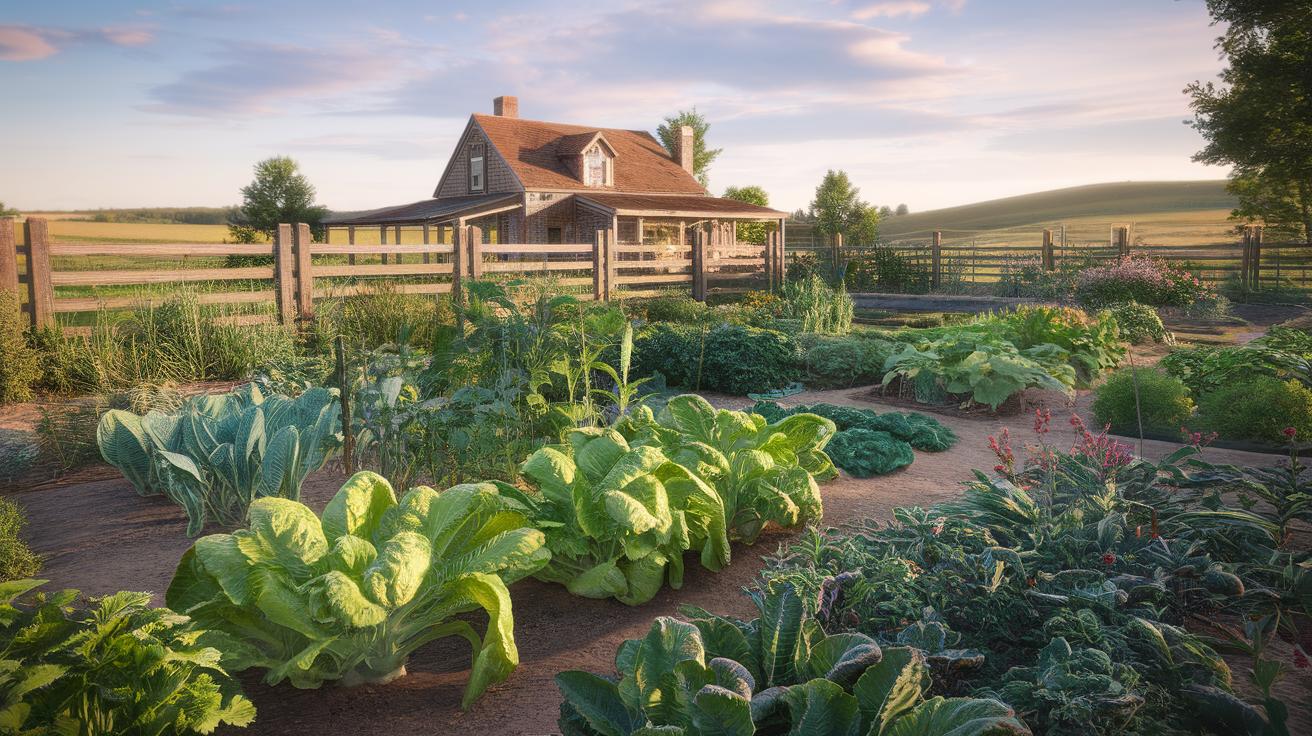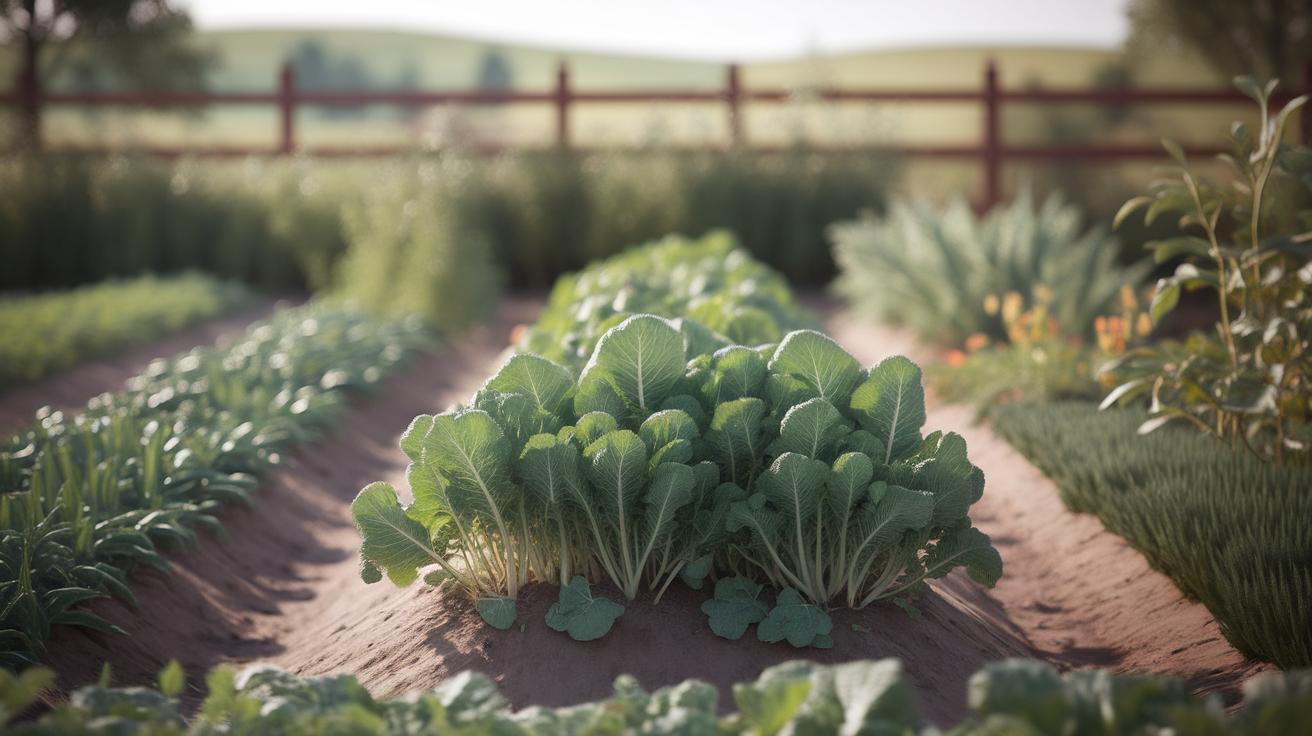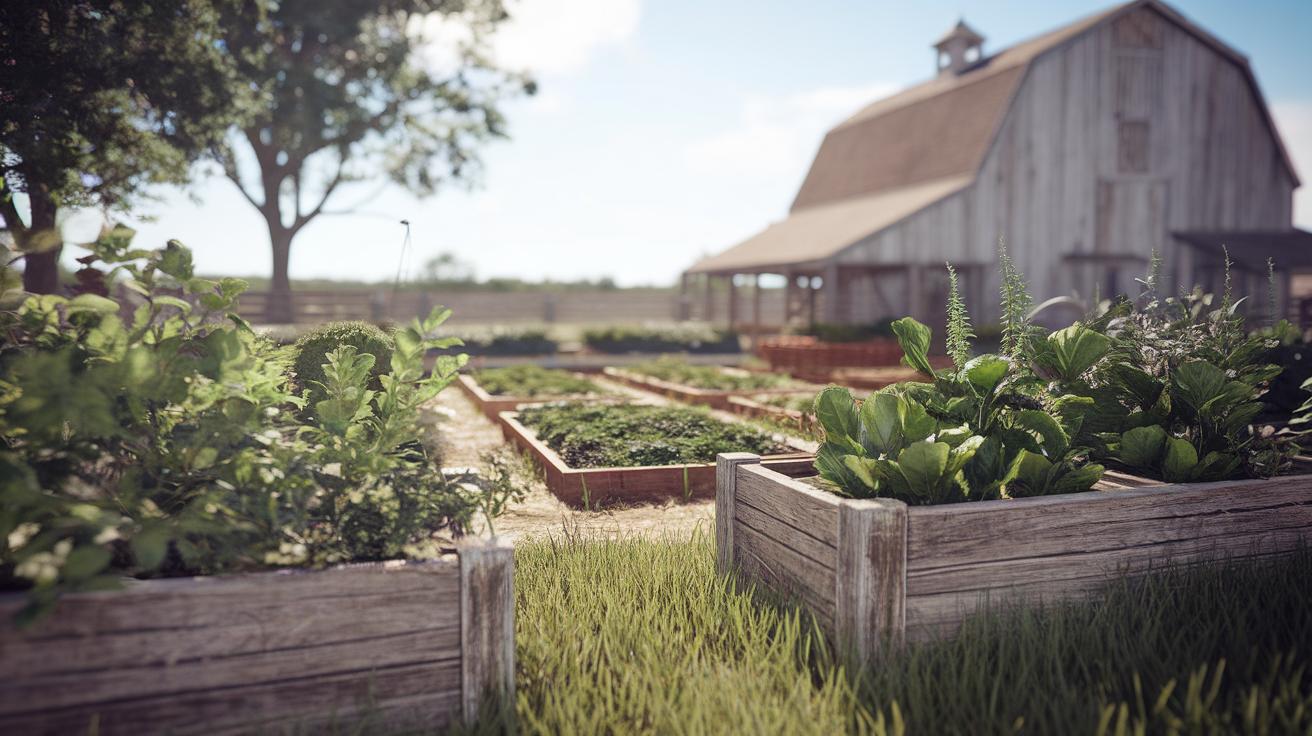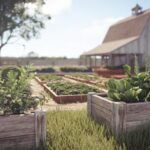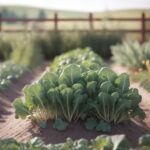Introduction
Creating a homestead garden offers the unique opportunity to cultivate both food and independence, fostering a greater connection to nature. Homestead gardens are self-sustaining and characterized by diverse plant varieties, allowing individuals to harvest fresh produce right from their backyard. This sustainable approach to gardening not only minimizes dependency on commercial food systems but also promotes environmental stewardship. As the interest in self-sufficiency grows, more individuals are realizing the myriad benefits that come with maintaining a homestead garden.
In the following exploration, we will delve into the essential components of establishing a homestead garden, including site selection, soil preparation, and companion planting techniques. Readers will discover how to implement eco-friendly practices that enhance productivity while ensuring their gardens thrive. By the end of this guide, the journey towards establishing a flourishing garden will illustrate the profound impact of embracing self-reliance through cultivation.
Understanding Homestead Gardens Promote SelfReliance Through Sustainable Practices
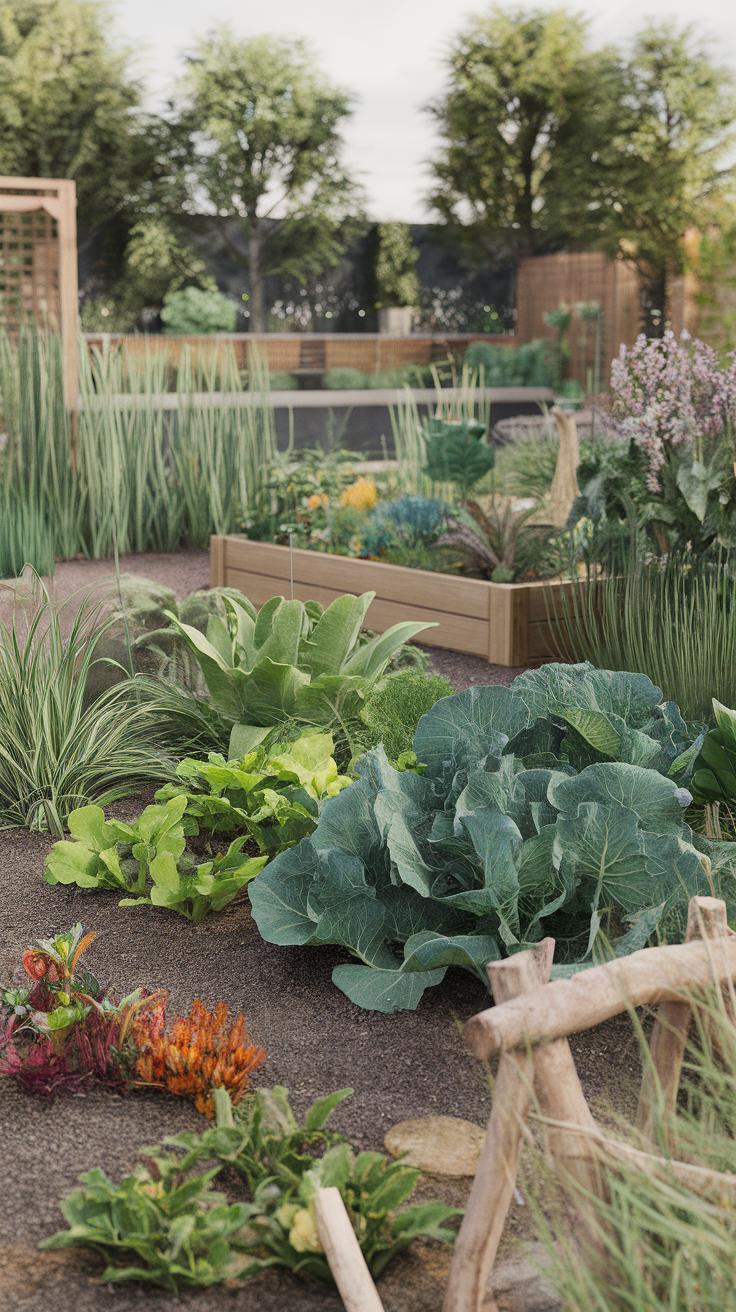
Homestead gardens represent a return to self-sufficiency, combining practical gardening techniques with a deep respect for nature. Originating from the early American homesteading movement in the 19th century, these gardens were essential for families striving for independence from commercial food systems. They served not just as a source of nourishment but also as a space for skills development and community building.
The significance of homestead gardens today extends beyond food production. They embody sustainable practices that minimize environmental impact, using organic methods to foster biodiversity and soil health. By cultivating such gardens, individuals can reduce their reliance on industrial agriculture, thus contributing to a more resilient and sustainable future. This shift towards self-reliance not only nurtures the body but also fosters a sense of empowerment and connection to the land.
Plant Selection for Your Garden: Tailoring Your Homestead to Your Environment
Selecting the right plants for a homestead garden is crucial for maximizing productivity and sustainability. Start by considering your local climate, as certain plants thrive in specific temperature ranges and seasonal conditions. Research your hardiness zone to understand which perennials and annuals are likely to flourish.
Equally important is the soil type in your garden. Conduct a soil test to determine pH levels and nutrient content, which can guide your choices for crops that suit these conditions. Finally, personal preferences play a key role in plant selection. Opt for varieties that excite your palate and align with your culinary aspirations. This thoughtful approach ensures a garden that is not only productive but also fulfilling and enjoyable for you and your family.
Plant Selection for Your Garden Cultivating Independence Through Sustainable Practices
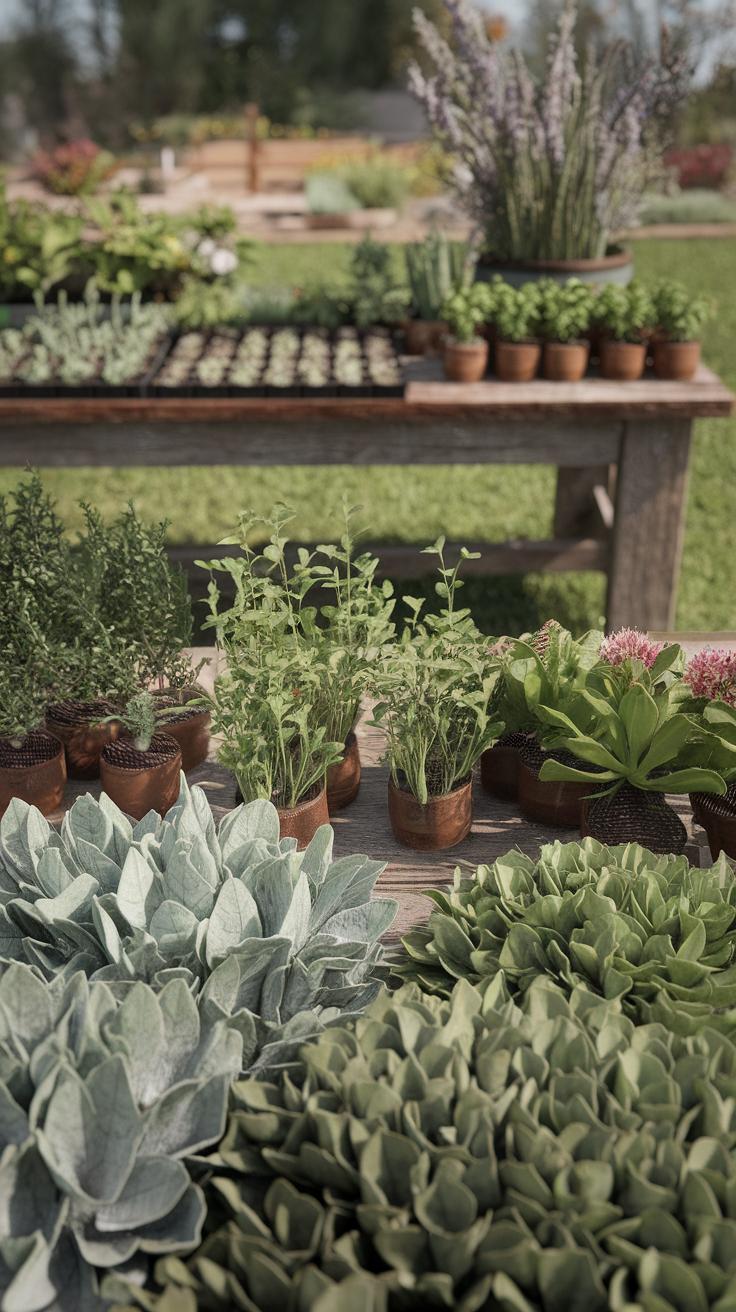
Choosing the Right Plants for Your Homestead
Creating a thriving homestead garden begins with the careful selection of plants suited to your unique environment. Consider the local climate, as different plants thrive in varying conditions, from harsh winters to sweltering summers. Look for plants native to your region; they tend to require less maintenance and offer better yields. Assessing soil type is another vital factor. Conduct a simple soil test to determine pH and nutrient levels, allowing you to choose plants that will flourish in your specific soil conditions.
Personal preferences also play a pivotal role in plant selection. Consider your culinary interests and dietary needs; growing herbs, vegetables, and fruits that appeal to your palate fosters satisfaction and encourages healthy eating. Furthermore, incorporating companion planting techniques can optimize space and improve pest control naturally, ensuring that your garden not only looks beautiful but also sustains your lifestyle.
Soil Health and Preparation Laying the Foundation for Thriving Homestead Gardens
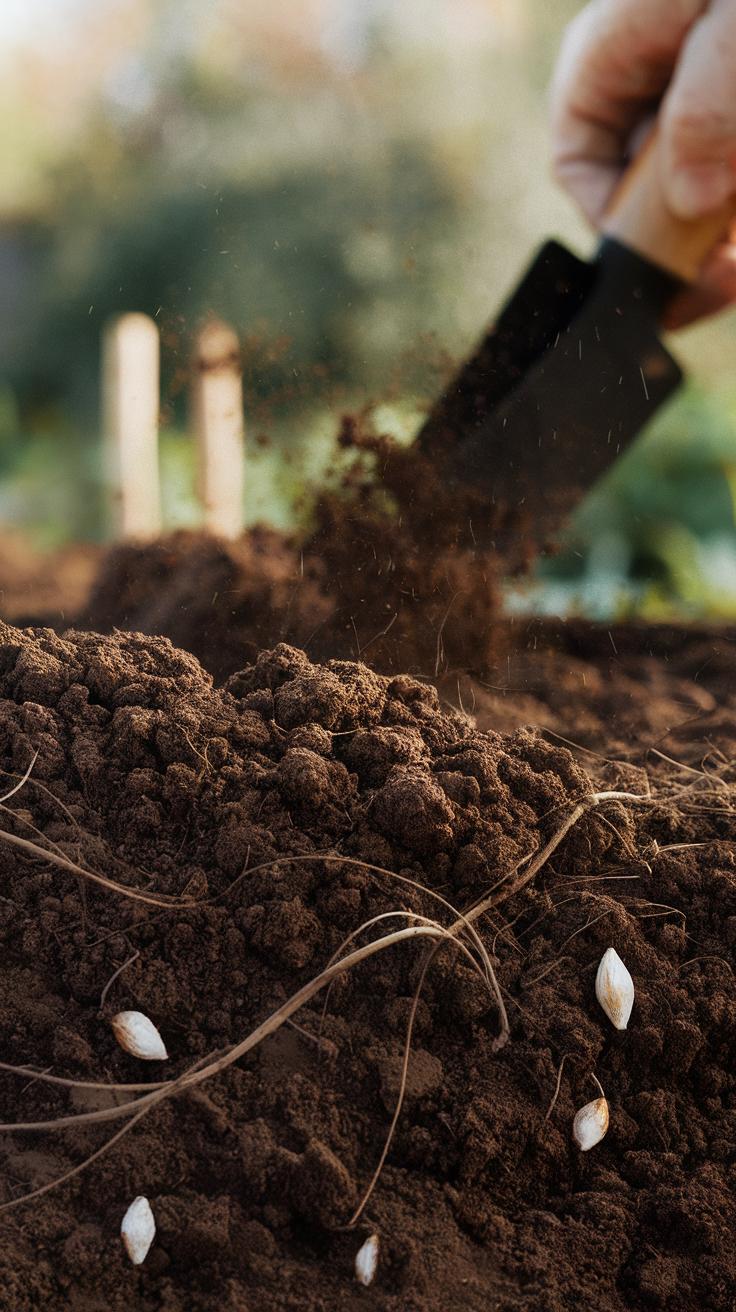
Understanding Soil Health in Homestead Gardens
Healthy soil forms the cornerstone of a successful homestead garden, influencing everything from plant growth to nutritional quality. The biological, chemical, and physical properties of soil play a pivotal role in how plants absorb nutrients and water. Conducting a soil test can reveal pH levels and nutrient deficiencies, enabling targeted amendments to optimize fertility. Utilizing organic matter—such as compost or aged manure—helps enhance soil structure and enrich microbial life, creating a thriving ecosystem that supports plant health.
Methods for Preparing Your Soil
Preparation begins with clearing debris and weeds from the garden area, followed by tilling or turning the soil to aerate it. Incorporating organic matter and minerals based on soil test results will significantly improve nutrient availability. Additionally, practicing crop rotation and mulching can preserve soil structure and moisture levels over time. Taking these steps ensures that your garden is not only ready for planting but also set up for future seasons, fostering self-reliance through sustainable gardening practices.
Companion Planting Techniques to Enhance Productivity in Homestead Gardens
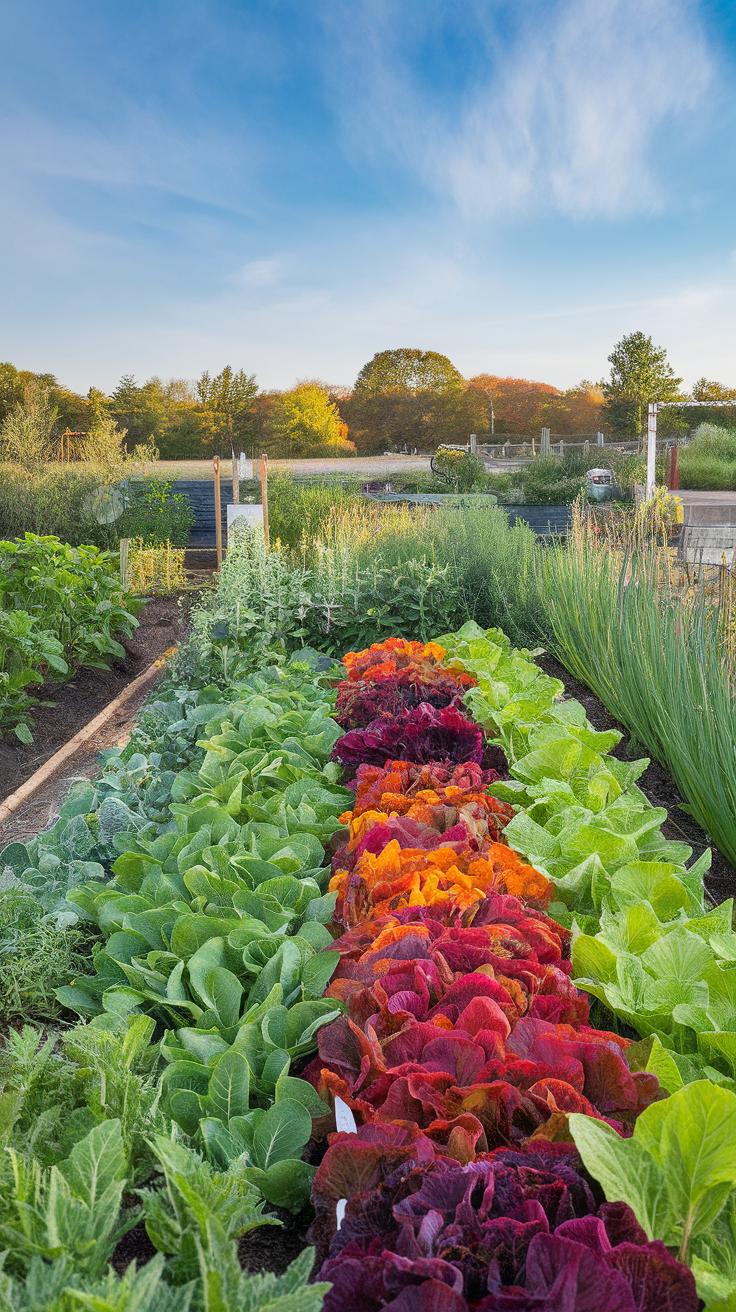
Principles of Companion Planting
Companion planting is a sustainable gardening technique that involves strategically placing different plant species in proximity to one another. This practice promotes biodiversity, enhances plant growth, and reduces pest problems. Certain plants can benefit one another by improving nutrient uptake, providing shade, or acting as natural pest deterrents. For instance, the classic pairing of tomatoes and basil is celebrated not only for culinary reasons but also because basil can repel pests like aphids that harm tomato plants.
Boosting Garden Health and Productivity
Implementing companion planting within your homestead garden creates a harmonious ecosystem that maximizes productivity while minimizing resource use. By attracting beneficial insects, such as bees and ladybugs, these arrangements support pollination and pest control. It is also beneficial to grow plants that naturally enhance the soil’s fertility. For example, legumes like peas and beans fix nitrogen, enriching the soil for neighboring crops. Understanding these relationships can lead to a thriving garden, aligning perfectly with the principles of self-reliance and sustainability.
Watering and Irrigation Strategies Cultivating Efficient Practices
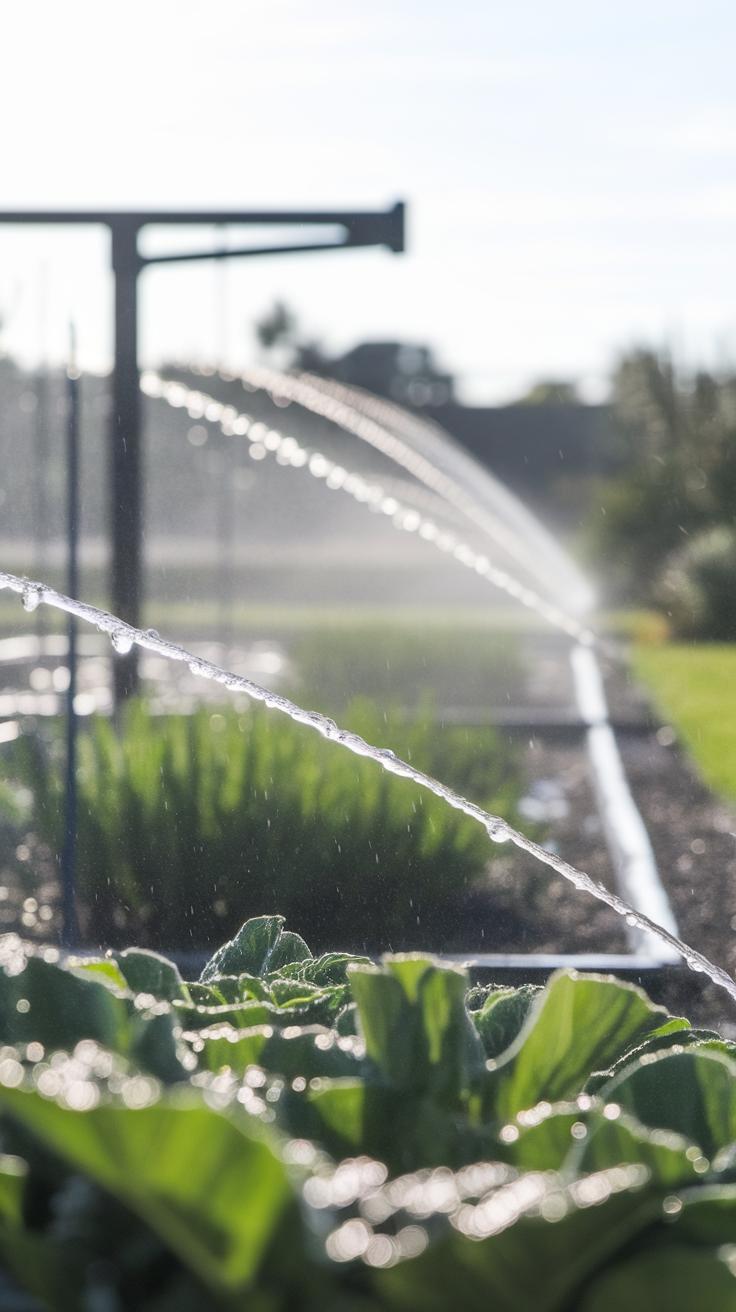
Mastering Water Conservation Techniques in Homestead Gardens
Implementing effective watering methods is a vital aspect of maintaining a thriving homestead garden. Emphasizing water conservation not only supports plant health but also significantly reduces environmental impact. Drip irrigation systems are an excellent choice for their ability to deliver water directly to the plant roots, minimizing evaporation and runoff. These systems can be scaled to fit gardens of any size, making them a versatile option.
Rain barrels present another sustainable solution. Collecting rainwater provides a free source of irrigation that can be used during dry spells. Coupling these barrels with soaker hoses can ensure that water seeps gently into the soil, promoting deep root growth. Mulching also aids in water retention by reducing surface evaporation, helping the garden flourish even in low-water conditions.
Pest Management and Natural Remedies Cultivating Healthy Homestead Gardens
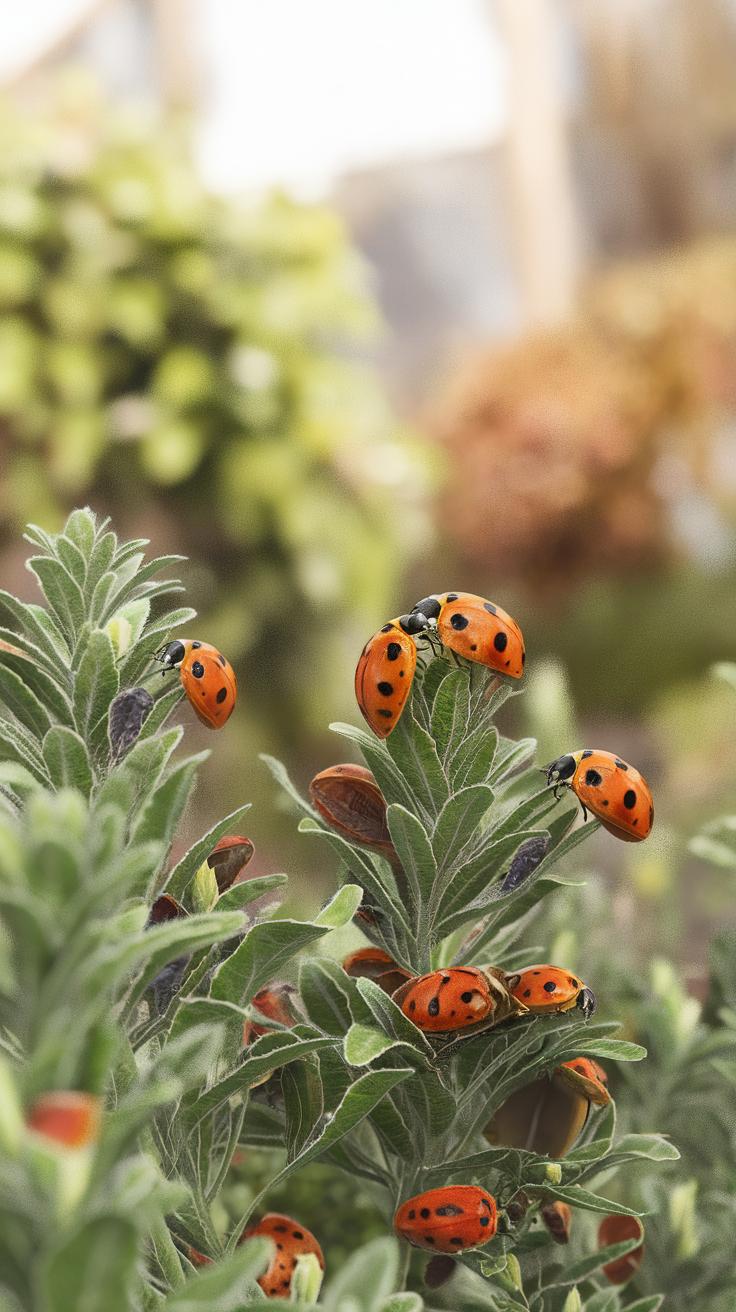
Managing Pests with Natural Solutions
Maintaining a thriving homestead garden comes with the challenge of pest management. Instead of relying on chemical pesticides that can harm beneficial insects and degrade soil health, many gardeners are turning to natural, chemical-free methods. Understanding the local ecosystem is vital; encouraging beneficial insects like ladybugs and lacewings can help keep harmful populations in check.
Natural remedies such as neem oil, garlic sprays, and diatomaceous earth can effectively repel or eliminate pests without harming the environment. Crop rotation and companion planting are strategies that not only enhance soil health but also disrupt pest life cycles. Incorporating these practices fosters resilience within gardens, promoting a sustainable gardening ethos that aligns with self-reliance.
Preventive Measures for Long-term Success
Taking preventive measures is crucial for sustaining healthy plants. Regularly inspecting plants for early signs of pest infestations can mitigate larger problems before they escalate. Maintaining diverse plant species not only adds beauty to your garden but also confounds pests, making it difficult for them to thrive. Ultimately, the harmony achieved through a natural approach to pest management will cultivate a more vibrant and productive homestead garden.
Crop Rotation and Diversity Cultivating Sustainable Homestead Gardens
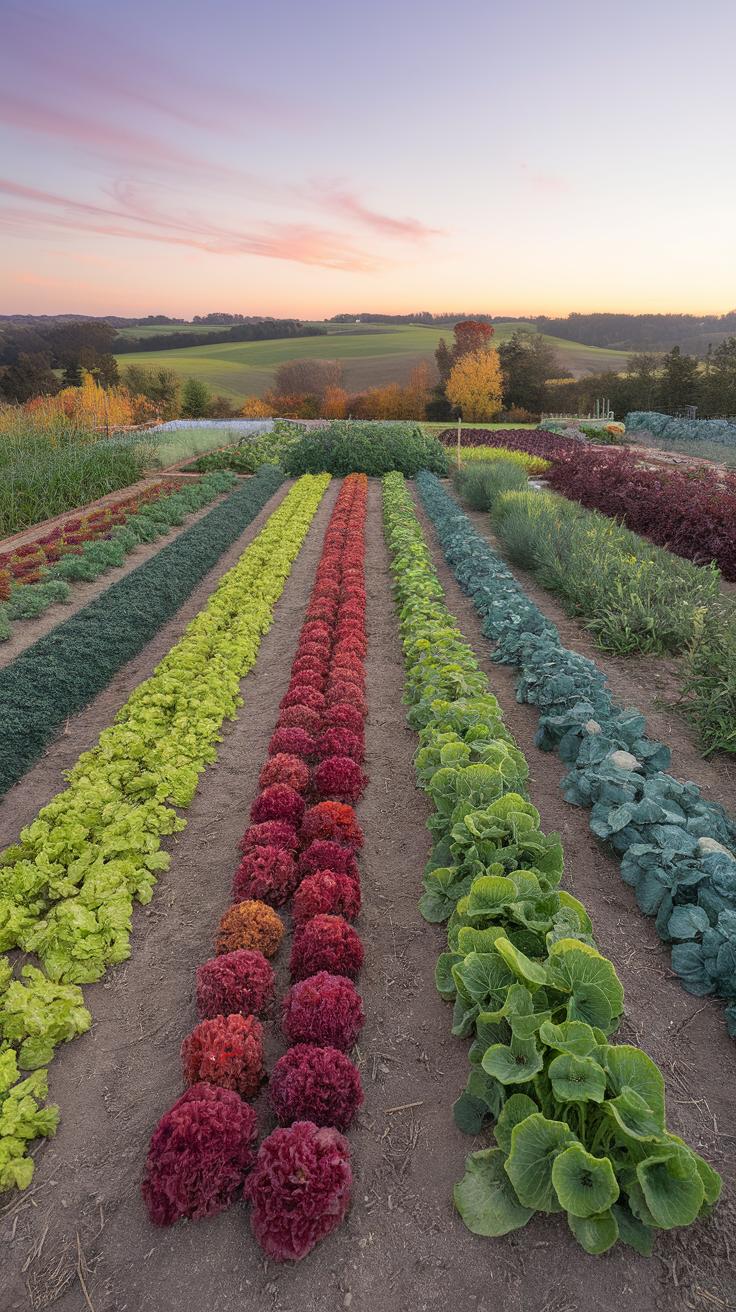
The Importance of Crop Rotation
Crop rotation plays a pivotal role in fostering the health and productivity of homestead gardens. By systematically varying the types of crops planted in a specific area over time, the soil’s nutrient balance is maintained, reducing the risk of nutrient depletion. This practice mitigates the likelihood of pest and disease build-up, as different plants attract diverse insect populations, preventing any one species from becoming a dominant threat. Adopting a rotating schedule can also enhance soil structure, promoting overall garden resilience and vitality.
Encouraging Biodiversity
Diversity in plant selection further enriches a homestead garden, supporting a balanced ecosystem. Incorporating various crops—such as herbs, vegetables, and flowers—creates a more attractive environment for beneficial insects, birds, and pollinators. This natural balance reduces reliance on artificial interventions and promotes a self-sustaining garden atmosphere. When diverse plant species are grown together, they complement each other, maximizing space and resources while creating a more bountiful harvest. This approach nurtures not just individual plants but the entire garden ecosystem, ensuring sustainability and the joy of seasonal abundance.
Harvesting and Preserving Produce Best Practices for Your Homestead Garden

Maximizing Your Harvest
Timing is key when it comes to harvesting produce from your homestead garden. Vegetables and fruits should be picked at their peak ripeness to ensure maximum flavor and nutritional value. Recognizing the right moment often depends on experience, but general guidelines exist for many crops. Leafy greens, for example, can be harvested multiple times throughout the growing season, while root vegetables should be dug up after their crowns show above the soil. Regular checks enable you to gather produce systematically, avoiding waste and encouraging continual growth.
Preserving the Bounty
After a successful harvest, preserving your produce allows you to enjoy the fruits of your labor long into the offseason. Techniques such as canning, freezing, and dehydrating are effective for various crops. Canning is particularly beneficial for tomatoes, fruits, and pickles, as it retains flavor and texture. Freezing options work well for vegetables and berries, preserving their nutrients. Dehydrating herbs and fruits can create delicious snacks and additions to meals. Labeling and storing your preserved goods correctly will make meal planning easier and showcase your homestead’s self-sufficiency.
Creating a Sustainable Gardening Community
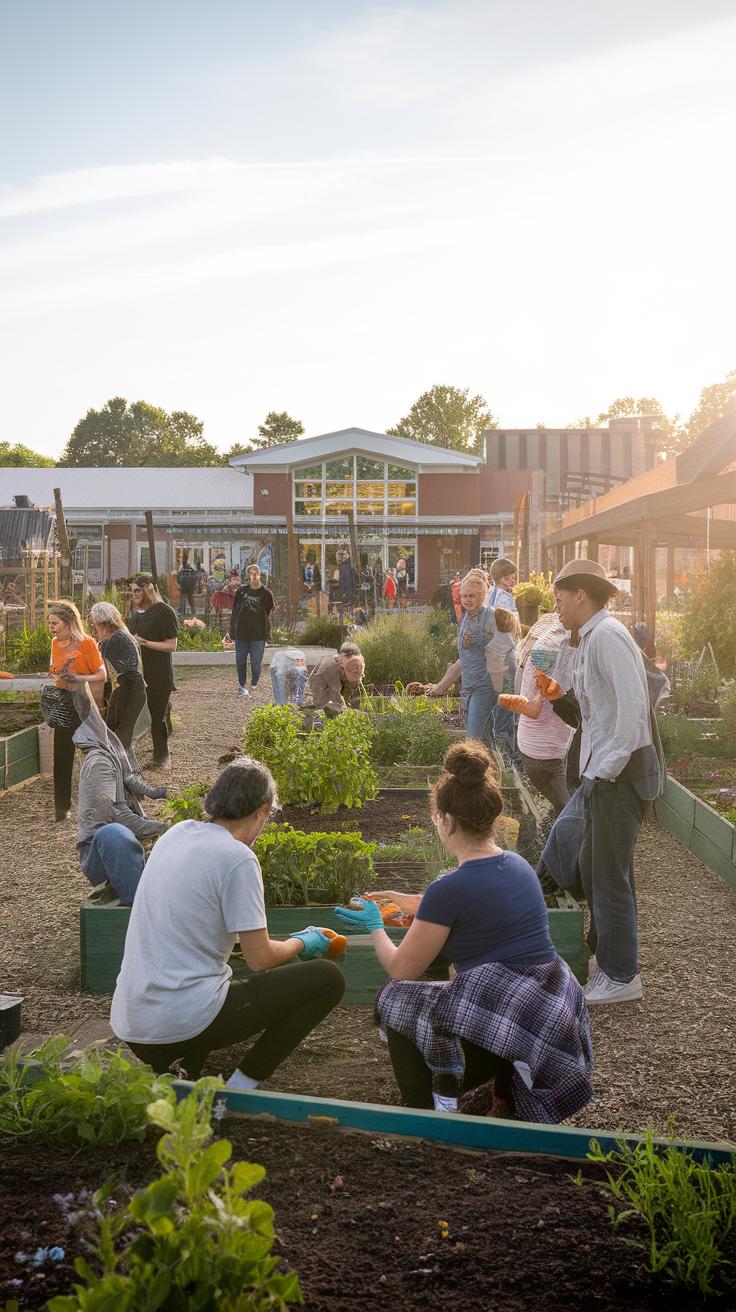
Building Connections for Self-Reliance
Establishing a thriving homestead gardening community significantly enhances self-reliance among individuals and families. Sharing knowledge, resources, and experiences fosters an environment where gardening skills can flourish. Engaging with neighbors through workshops, seed exchanges, or community gardening projects promotes collaboration. These interactions not only support individual growth but also build strong social networks that bolster resilience. A community that gardens together learns to cultivate patience, adaptability, and sustainability, essential traits for independence.
Transforming Spaces and Lives
Community gardens can transform underutilized spaces into lush environments that benefit all participants. These shared plots encourage diverse planting techniques and organic practices, which help in understanding local ecosystems better. As gardeners exchange tips and strategies, they inherently strengthen community bonds. Such gardens also provide a platform for sharing surplus produce, allowing members to access fresh food while reducing waste. Ultimately, these connections empower individuals, promoting a lifestyle rooted in sustainability and self-sufficiency.
Conclusions
By integrating sustainable gardening practices into daily life, individuals can achieve self-reliance and food security through their homestead gardens. As discussed throughout this article, understanding the role of nature, soil, and plants is vital for crafting a productive garden that yields abundant harvests. Moreover, embracing permaculture principles can enhance the ecological balance, ultimately contributing to personal empowerment and community resilience.
As we move forward in an era demanding sustainable living, developing homestead gardens takes on an increasingly vital role. These gardens are not just about surviving; they symbolize a renewed connection to our food sources. Through continued cultivation, learning, and sharing knowledge, we can inspire others to explore the importance of self-reliance in their gardening endeavors, building a stronger, more sustainable future.


